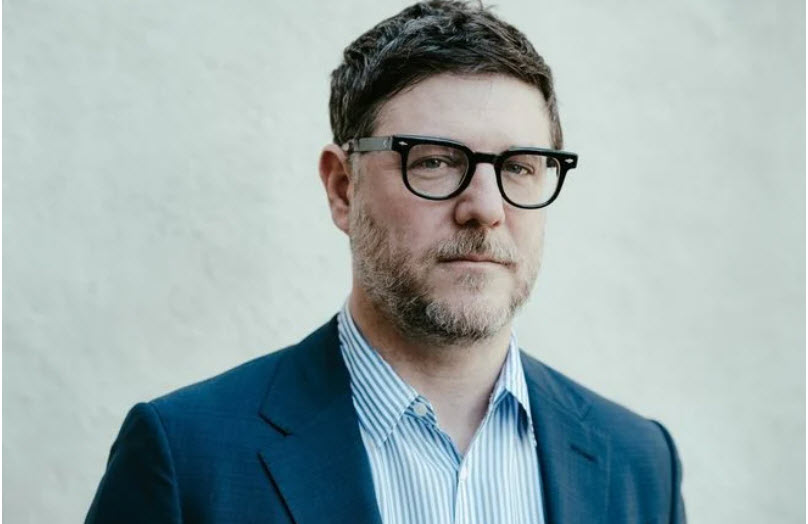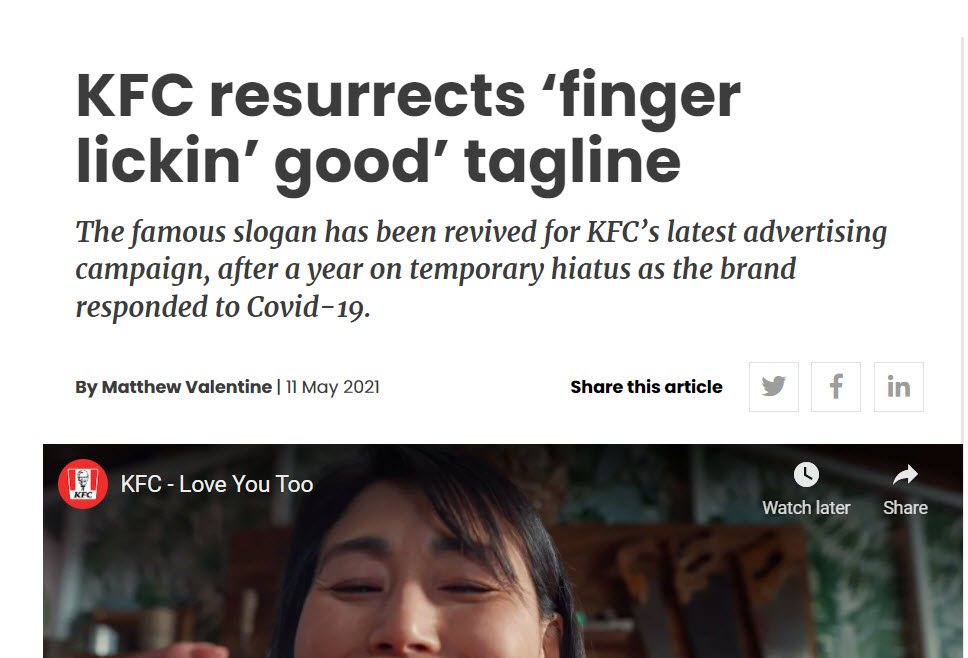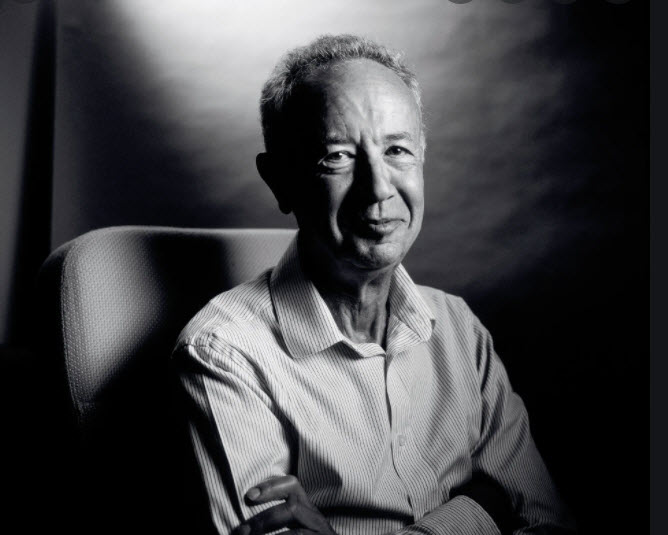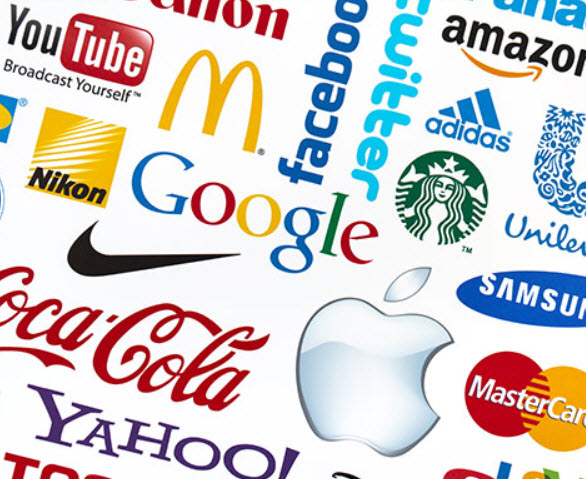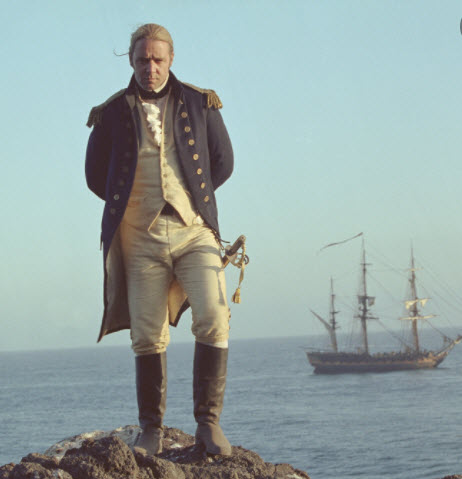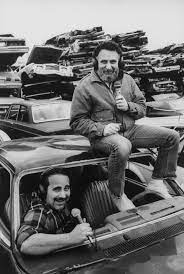Bullies and Bears.
Bullies do not understand sanctions. They understand punishment. That’s a problem.
As the loss of life begins today with the Russian invasion of Ukraine, many are looking for ways out of the conflagration. I don’t remember the invasion of Georgia. And the Crimean invasion, though only a few years ago, was not a huge global/national news event. This invasion, though, has been orchestrated for maximum visibility by Putin from the beginning.
America is trying not to be a bully. But it’s hard watching Ukrainian dads going off to war putting their crying kids on buses. Publicizing the human toll via social media – bringing the drama home, is something Putin relishes. It causes chaos. And it destabilizes an already divisive political environment here in the U.S.
The non-Russian world is talking sanctions. The non-Russian world is not good at punishment. Not until things are over.
I am no hawk. The U.S. is not the world’s policeman. But the U.S. is the world’s beacon of freedom. And that means we are free to punish predators. We can build consensus or we can build consensus while brandishing a stick. Putin is betting on our consensus-building. He is evil. He is unhinged. But strategically he is sound and he’s playing us. Remember the Syrian redline?
Putin has a focused offensive strategy. It gets stronger by the minute. The U.S. and Allies strategy is deterrence and therefore tied to others’ actions. We are unfocused. Until we focus we will continue to backpedal. I’m not saying send in troops. Or strafe Moscow. But as we say in Asheville “bears will continue to feed until deterred.” We need some savvy offense.
Peace… and I mean it today in a very different way.

